Infographic depicting interferometry and the concepts that make it work.
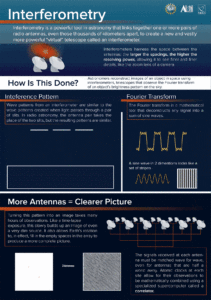
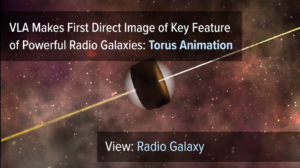
Animation of Unified AGN Model
Astronomers used the NSF’s Karl Jansky Very Large Array to observe the dusty, doughnut-shaped torus surrounding the black hole and accretion disk at the center of a powerful radio galaxy. Animation depicts how the torus can obscure different features when viewed from different angles. This explains how the same type of “central engine” can appear different, leading to different names for objects seen from different angles.

Pulsar Escaping its Supernova Birthplace
Artist’s animation of Pulsar J0002+6216 speeding away from its birthplace and escaping the shell of debris from the supernova explosion that created it.
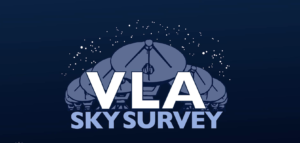
Mapping the Radio Sky Over New Mexico: VLASS
VLASS is the highest resolution all-sky radio survey ever undertaken, critical for cross-matching radio emission to other wavelengths, and understanding the nature of radio galaxies previously detected in lower resolution surveys.
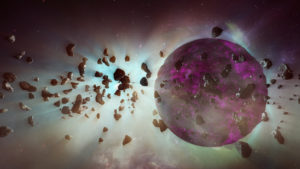
ngVLA: Together We See More
The Atacama Large Millimeter/submillimeter Array (ALMA) has shown us young star systems where planets are forming. The next-generation Very Large Array will go even deeper, observing Earth-size bodies in their youth. It will reveal how planets clear gaps in cold, dusty planetary disks. The ngVLA will also study how stellar winds clear primordial gas and dust from star systems.
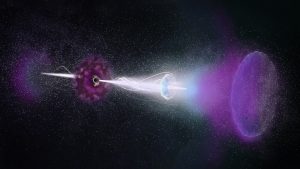
Enduring ‘Radio Rebound’ Powered by Jets from Gamma-Ray Burst
Artist animation of a star exploding into a supernova and fueling a gamma-ray burst. Astronomers caught the enduring “afterglow” of one of these cataclysmic explosions with both ALMA and the VLA for the first time. The rebound, or reverse shock, triggered by the GRB’s powerful jets slamming into surrounding debris, lasted thousands of times longer than expected, giving astronomers an unprecedented glimpse into the structure and dynamics of the jets.





